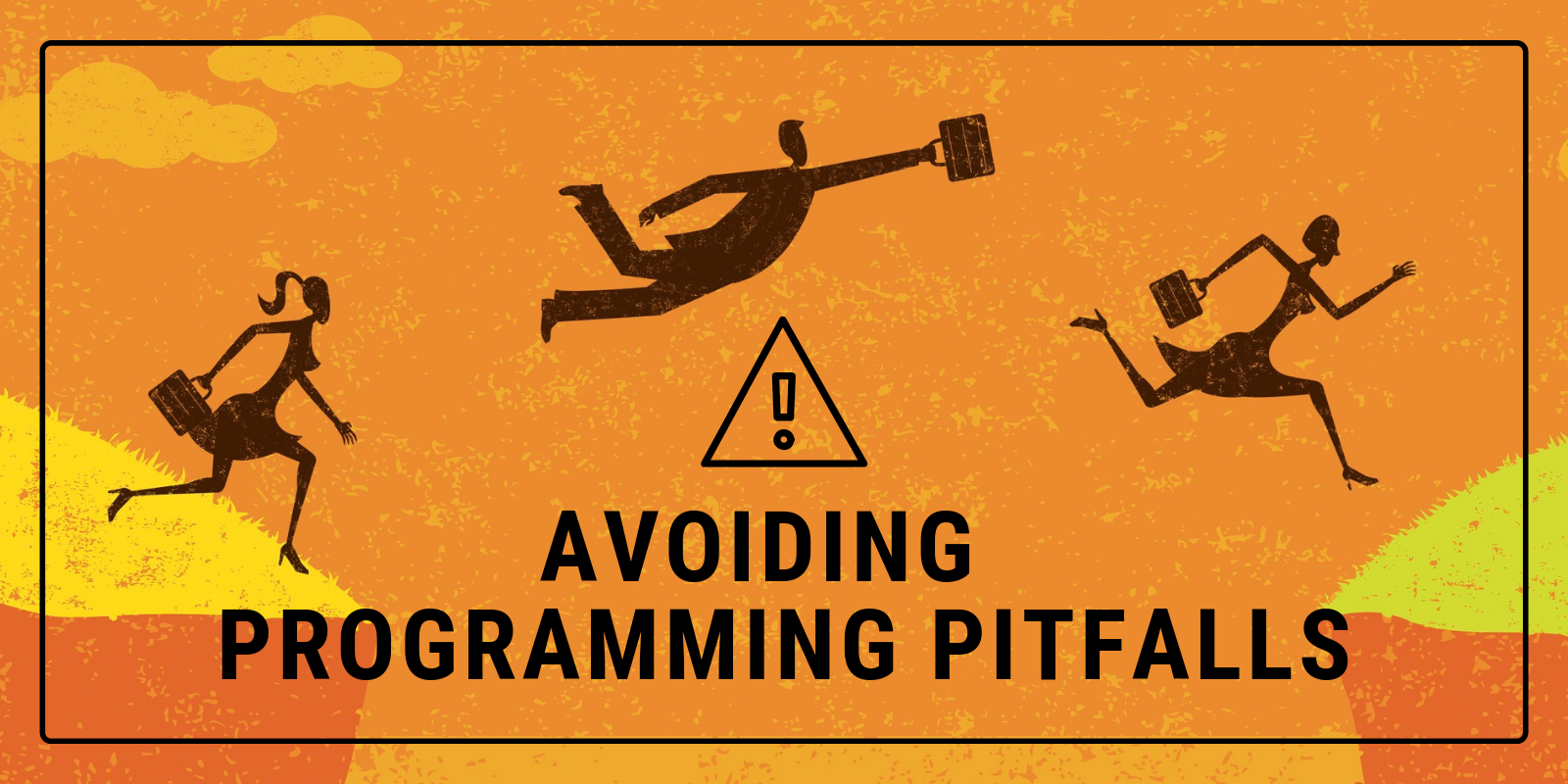The Dictionary is a great class for managing a collection of items. A Dictionary gives you fast lookup of information which consists of two parts. The first part is a key that is a unique way to identify a value, which is the second part. These are each Variants so you can put any data type you want into the Dictionary.
Comments closedAuthor: Paul Lefebvre
In computer programming, unit testing is a software testing method by which individual units of source code, sets of one or more computer program modules…
Comments closedAt WWDC 2019, Apple announced macOS Catalina (10.15). They didn’t specifically mention it during the keynote, but the writing has been on the wall for…
Comments closedXojoTalk is back with a super-sized episode! Paul and Geoff talk about announcements from WWDC 2019 and more. Download mp3. Show Notes tvOS 13 iOS…
Comments closedHere are a couple tips you can use with computed properties.
Comments closedIn a recent Star Trek Discovery episode, the crew was investigating how a probe (from the future!) was attempting to hack into their systems. This is what was said about it:

JSON (JavaScript Object Notation) is a great text-based data format that can be used for files and web services data communication.
The structure is simpler than XML which makes it much smaller and since it does not make use of all the tags you’ll find in XML, it is also significantly easier to read. However, if you open unformatted JSON in a text editor you’ll probably find it a bit dense. Here’s how to get around that.
Comments closedI love the new Star Trek Discovery and there are a fair amount of Klingons in it, from time to time. It occurred to me that someone has probably built a web service to translate English to Klingon and if so, I needed to build a Xojo app to use it.
A quick Google search turned up an API by FunTranslations: https://funtranslations.com/api/klingon
It has simple usage where you send along the text in English and you get back a JSON result containing the text translated to Klingon. Here’s the result of my 15 minutes of effort to use this in a Xojo desktop app:
Comments closedCode doesn’t care whether you are new to programming or an old pro, a citizen developer or the head of engineering, some missteps can catch any of us. Read on to learn some of the most common programming pitfalls and how to avoid them.
Comments closedXML can sometimes be a bit confusing, so here are some tips to help you work with XML files.
First, you need to make sure your XML is really XML.
Comments closed
